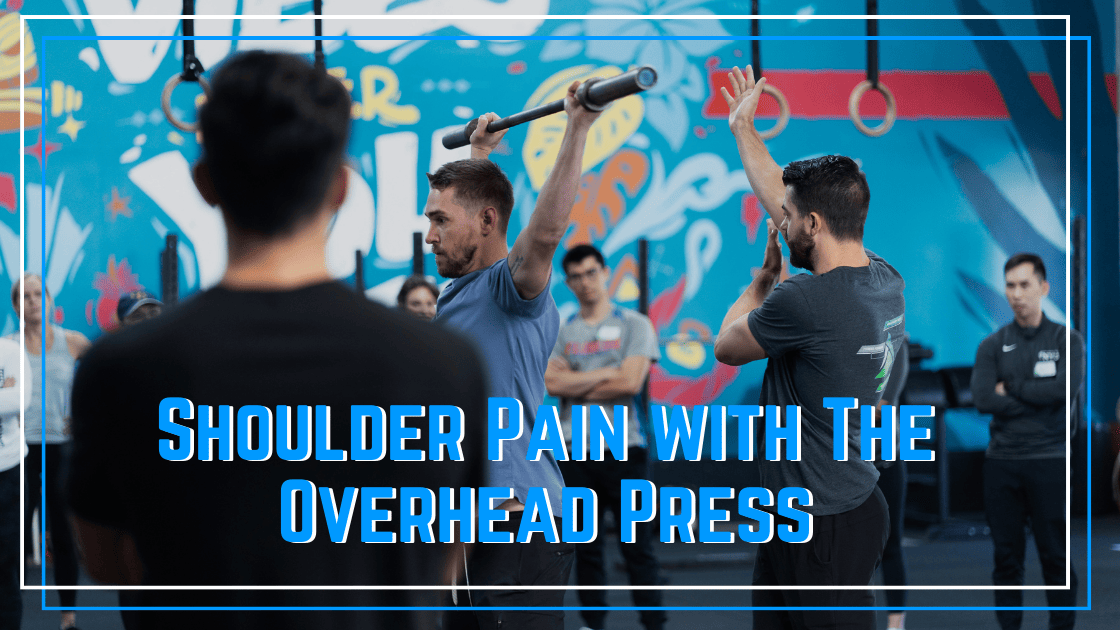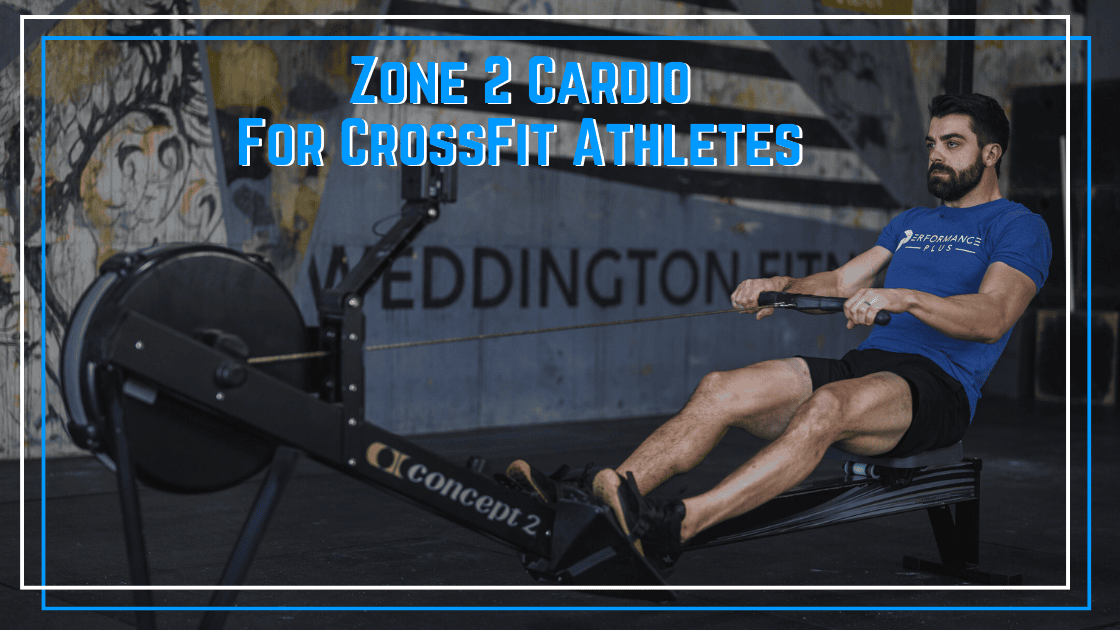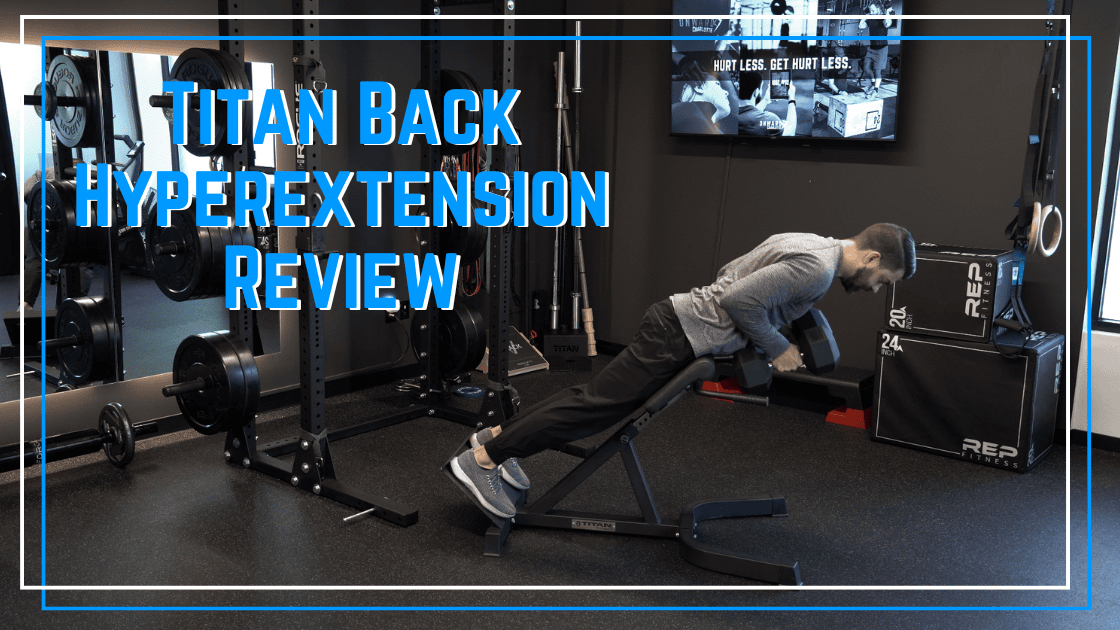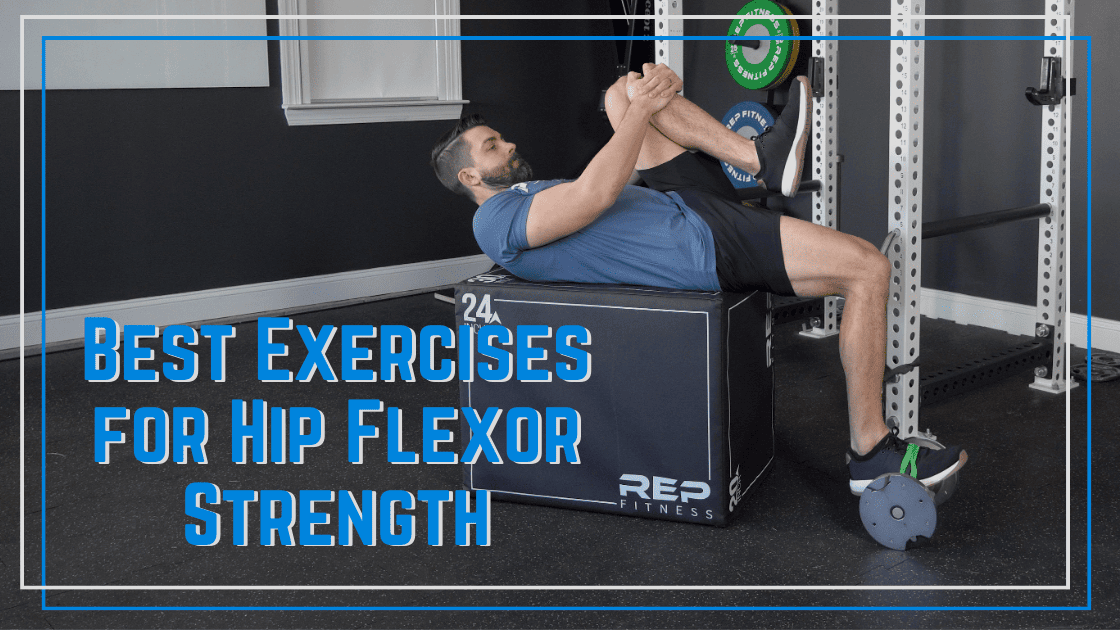Thoracic spine mobility is crucial to overhead lifting and mobility and one of the most commonly limited areas in the fitness athletes that I work with. Here are my favorite drills to improve the mobility of the upper back.
For a done-for-you thoracic mobility program, check out our Thoracic Mobility Overhaul program that has helped hundreds of athletes unlock their mobility!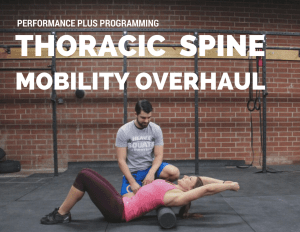
The Best Thoracic Spine Mobility Exercises
Foam Roller with Overpressure
This variation allows for an intense stretch on the thoracic spine when you anchor the upper body down by grabbing a weight. Then dropping your hips down while keeping core engaged (to avoid extending the lumbar spine) will stretch out the upper back.
Goblet Squat & Press
As the shoulders go into flexion, the shoulder blades upwardly rotate, and the thoracic spine extends. Because these movements are coupled, we can use an upward push of a weight to drive thoracic spine extension. This drill does a great job of not only improving mobility but, more importantly, strength & control through that available motion.
Overhead Opener
While this looks like a passive stretch, I always emphasize using the upper back muscles to pull the shoulders and upper back into deeper motion. Alter your grip to emphasize mobility more specific to the movements you need better mobility with (wide grip for snatches, more narrow for pressing variations).
9090 Overhead Raises
Many athletes lacking thoracic extension will compensate by extending their lumbar spine, and then we will see a rib cage flare (the bottom of the rib cage popping out), placing the core in a sub-optimal position for lifting maximal loads. The 9090 Overhead Raise makes a great drill to strengthen & mobilize the thoracic spine and shoulders while controlling core positioning.
Bretzel
For athletes with tight hip flexors and thoracic spine mobility limitations, then this is my go-to drill as we’ll work both at the same time. Exhale into the stretch and emphasize getting the hip into extension to maximize the effects of this drill.
Down Dog
Down Dog is another great drill to work shoulder flexion and thoracic extension simultaneously while working through a full range of motion actively (active motion is better than passive for long-term changes).
Bench Thoracic Spine
A great stretch for thoracic spine mobility but underappreciated for its ability to mobilize the lats as well. I often have athletes slightly flexion their lumbar spine to increase the stretch on the lats.
Bear Rolls
We’ve discussed several exercises focused on thoracic spine mobility during overhead lifting, but having thoracic extension for more shoulder extended positions such as dips is also important. Enter Bear Rolls, which mobilize the thoracic spine while working shoulder HABD and extension. A great drill to do before dips, muscle-ups, and bench press.
KB Arm Bar
As if the kettlebell isn’t a great enough training tool already, it can do wonders for your thoracic spine mobility and strength. Start supine with straight kettlebell overhead in one arm. Bend up the same side leg as the arm stabilizing the kettlebell and push over onto the opposite side. Keeping your top leg flexed and flat on the floor, slowly allow the shoulder of the arm stabilizing the kettlebell to drop down to the floor behind you. Paused in a restricted range before pressing back to the start position. Pro tip: exhale as the shoulder reaches for an increased range of motion and thoracic mobility.
View this post on Instagram
Quad Rotation with Band Assist or Resistance
Many people use quadruped rotations to improve thoracic spine mobility, but using a resistance band can be a great way to take it up a notch. Attaching a resistance band to a rig can then allow you to assist or resist thoracic spine motion. Both will have good mobility & control benefits.
Quadruped Reach & Rotate
A slight twist to a traditional thoracic spine mobility assessment. Adding a resistance band for assisted and resisted rotation can take your thoracic mobility to the next level. Be sure to sit back on your heels to maintain lumbar position. Pro tip: try leading with your eyes during upward rotation to gain an additional bit of thoracic motion.



